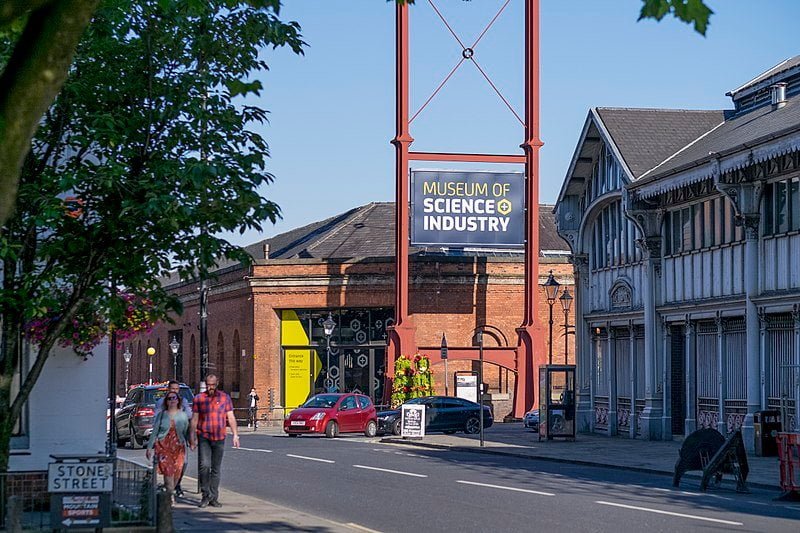As I write, the world’s stock markets are hitting all-time
highs in their prices. This is not only
in Europe and the US, but even more in markets like those of India and China,
where there seems no end to the spiralling upward of the burgeoning capitalists
economies and their accompanying stock markets.
Most economists are forecasting global economic growth of
over 4% in 2007, led by China and India and supported by Europe and Japan. Only the US economy is slowing as its
housing market collapses. Even so,
hardly anyone is expecting the US economy to drop into a slump.
Are all these optimists right? Is capitalism going to go on growing without any volatile
downturn or slump in the next few years?
The answer to these questions, in my mind, depends on the
capitalist profit cycle. Profits drive
investment under capitalism. And
investment drives growth, employment and this consumer spending. The motion of capitalist production starts
and ends with profit.
And when you analyse the movements of the various cycles
under capitalism: the stock market, prices in the shops, construction and
housing, or output and employment, it is the profit cycle that links them.
I have argued in this column before that the capitalist profit
cycle spans about 36 years from trough to trough. The last trough in profitability was in 1982 and so the next one
will be around 2015-18.
The stock market cycle almost matches the profit cycle in
its timing, not surprisingly, as stock market investments depend so closely on
the rise and fall of profits.
There are other cycles of boom and slump in the capitalist
economy. There is a real
estate/construction cycle. That cycle
runs about 18 years from trough to trough, about half that of the profit cycle. There have been three post-war troughs in
the construction cycle: 1954, 1973 and 1991.
The next one is due in 2010. In
other words, the current downturn in the UK and US housing markets, after its
peak in the UK in 2004 and in the US in 2005, should reach a bottom in 2010.
Cycles
The output and employment cycle appears to be 9-10 years in
length from trough to trough. The last
trough in the post-war period was the very mild recession of 2001. So the next trough should be around 2010.
Within all these cycles, there is a much shorter trade cycle
of about 4-5 years from trough to trough.
The last trough was in 2002 and so we can expect a ‘pause’ in economic
growth this year, with another trough in 2010.
That pause seems to be hitting the US this year, but may not necessarily
cause a full-blown recession.
The profit cycle is key though. Because the troughs in the employment and building cycles in the
mid-1950s coincided with a rising profit cycle, it did not produce any very
deep recessions or downturns in economic growth and employment.
From 1964-82, the rate of profit fell. So what we got was successively worse
economic slumps (1970, 1974 and 1980-2) alongside rising prices – in other
words stagflation. In 1974, the profit,
employment and housing cycles all troughed together and world capitalism
suffered its first post-war simultaneous economic slump. The 1980-2 recession was deep and long
lasting because it was when profitability reached lows.
The next upwave of profitability (1982-97) coincided with
the downwave in the prices cycle, which we are still in. Thus rising profitability was accompanied by
falling inflation, from 15% in 1982 to just 2-3% by the late 1990s. Rising and high profitability (by 1997-00)
also meant that the output and employment troughs of 1991 and 2001 were not
nearly as deep or severe as 1974 and 1980-82.
The construction cycle troughed again in 1991, making the 1991 recession
much more severe than the 2001 recession when the housing market in the US and
elsewhere was booming.
We are now in another profit downwave that should not bottom
until around 2015. So output and
employment slumps should be as severe and long lasting as they were in 1974-5
and 1980-2.
This profit downwave now coincides with the downwave in the
prices cycle that started in 1982 and won’t reach its bottom until 2018. So it is likely that in future economic
slumps, prices could fall absolutely as they did in the 1930s, the last time
the profit downwave coincided with the downwave in prices, and as they did in
Japan from 1989 for a decade.
The next troughs in the construction cycle, the growth cycle
and the short-term trade cycle are due in 2010. There has not been such a coincidence since 1991. And this time (unlike 1991), it will be
accompanied also by the downwave in profitability within the downwave in
prices. It is all at the bottom of the
hill in 2010!
Economic slump
That suggests around then, we can expect a very severe
economic slump of a degree not seen since 1980-2 or more likely since 1929-32,
the last time all these cycles troughed or were in downwaves.
Of course, as Marxists know, the war of 1939-45 was no
coincidence, but was a product of the continued failure of capitalism to
restore its health by an arms race, the physical destruction of capital and the
whipping-up of nationalist fervour among the masses by the ruling classes of
each capitalist state.
In my view, the fact that the largest capitalist economic
powers of the 1930s (the US and the UK) were in a period of prices and
profitability downwaves explains why capitalism did not seem to be able to
recover.
There is one other aspect of the capitalist economic
cycle. There are four phases in the
cycle of innovation that set the structure of the techniques of production in
any era.
Let me explain. From
1946-64, was the phase of take-off for the mass production of autos, electrical
goods and other household consume items that had started to grow in the
1930s. These innovations, based on
transistors etc, now became the dominant sectors for profit and growth, while
the older heavy industries of steel, shipbuilding, mining began to
decline.
From 1964-82 the mass production of electrical goods and
autos entered a mature phase. They
dominated as economic sectors, but no longer grew very fast and in this period
of profits downwave increasingly did not produce the huge profits of the
earlier phase. Alongside these dominant
technological sectors were new, small, but now growing industries around
computers (big macroframes) and hi-tech innovations that had been in just a
discovery, inventor stage before.
From 1982-00, profitability recovered, but the mass
production sectors were saturated: on the whole consumers in the advanced
capitalist economies did not need or could afford more than two cars, five TVs
or microwaves etc.
Manufacturers of these items faced fierce competition on
price as consumers increasingly decided only on price for these
commodities. Alongside, the new hi-tech
sector began to take off and in the profits upwave, the returns on these new
products (PCs, the internet, Microsoft, e commerce) were spectacular.
Downwaves
From 1997 onwards, the old mass production sectors have been
in serious decline – at least in the top capitalist economies. And the new hi-tech sectors are now also
entering a period of maturity (and dominance), where profits will be large but
profit growth will be low (especially as this coincides with the profit
downwave).
Sure, beneath the surface, the innovations of the period
1982-97 (as yet unclear, but probably nano technology, genetic technology etc)
will begin to grow into commercial sectors.
But this will be in a downwave period, unlike any other previous period
since the second world war. And in the
1930s, the downwave delayed the real growth of the mass production sectors
until afterwards. The new technologies
could be similarly stunted.
The conclusion from analysing the profit cycle is that the
world capitalist economy may not enter a major slump just yet. But capitalism (at least the G7 economies)
is now heading for a combination of troughs in all its economic cycles (the
motion of capitalism) that will coincide about 2010. The profits cycle is in a downwave alongside the prices and construction
cycles. Capitalism is in its ‘winter’
period – making it very vulnerable to crisis.
So the stock markets may have some time to run. And the world’s capitalist economies may
continue to motor a while longer (in the case of China, perhaps until the 2008
Beijing Olympics is over).
But the boom, extended as it is, by huge dollops of credit
and speculation (what Marx called ‘fictititious capital’) is just propagating
the conditions for a global slump not seen since the early 1930s.






